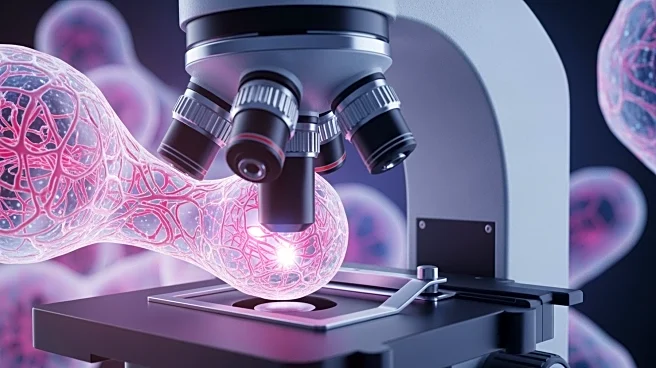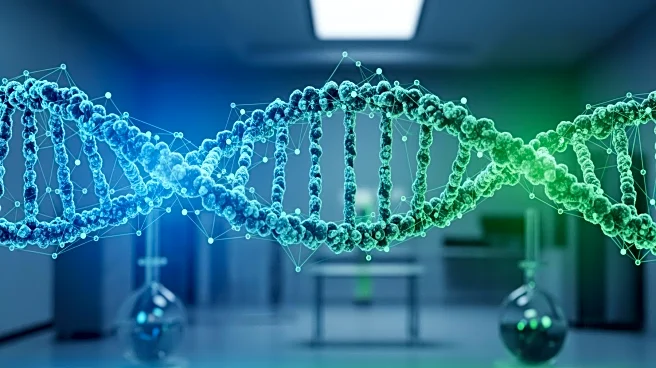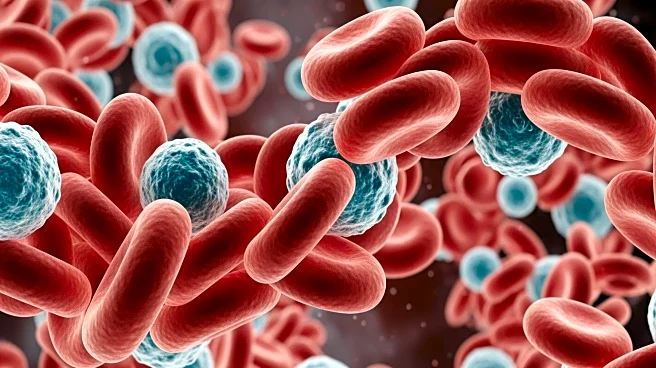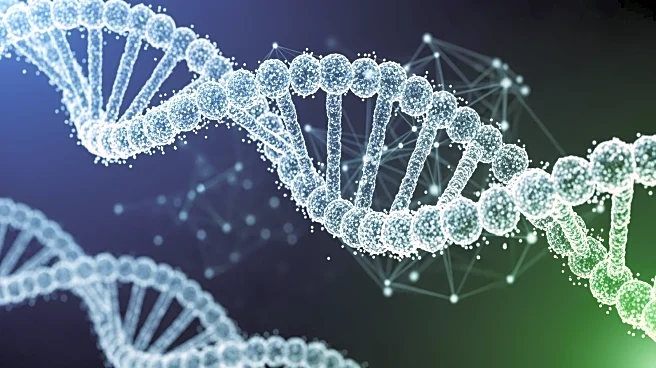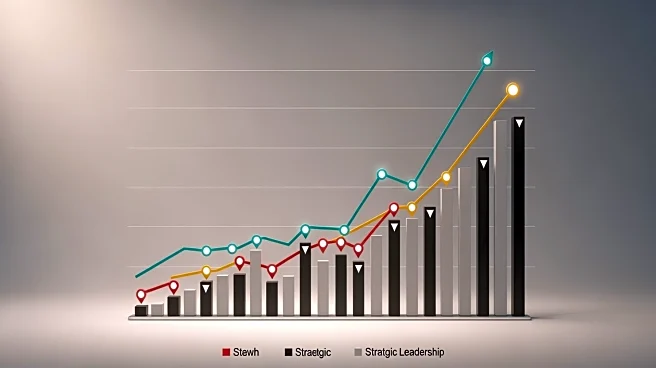What's Happening?
Recent advancements in spatial biology techniques, such as spatial transcriptomics and single-cell RNA sequencing (scRNA-seq), have provided significant insights into the molecular and cellular dynamics
of early human heart development. Researchers have utilized these methods to analyze 16 developing human hearts, creating a comprehensive dataset that maps gene expression across different cardiac regions. This study has identified 23 spatial clusters with distinct transcriptomic profiles, highlighting the molecular determinants of regionality in the developing heart. The integration of spatial and single-cell approaches has allowed for a detailed understanding of cell identities and interactions, offering a nuanced view of cardiogenesis.
Why It's Important?
The application of spatial biology techniques in studying human cardiogenesis is crucial for advancing our understanding of heart development and its associated disorders. By mapping gene expression and cellular dynamics, researchers can identify key molecular pathways involved in heart formation, which could lead to the development of targeted therapies for congenital heart defects. This research also provides a framework for studying other complex tissues, potentially revolutionizing the field of developmental biology and regenerative medicine.
What's Next?
Future studies are expected to build on these findings by exploring the functional roles of identified gene clusters and their contributions to heart development. Researchers may also apply these techniques to investigate other developmental processes and diseases, further expanding the potential applications of spatial biology. The integration of additional data, such as proteomics and metabolomics, could provide a more comprehensive understanding of the molecular mechanisms underlying cardiogenesis.
Beyond the Headlines
The ethical implications of using advanced spatial biology techniques in human research must be considered, particularly regarding data privacy and the potential for genetic manipulation. As these technologies become more widespread, establishing guidelines for their ethical use will be essential to ensure responsible scientific progress.
